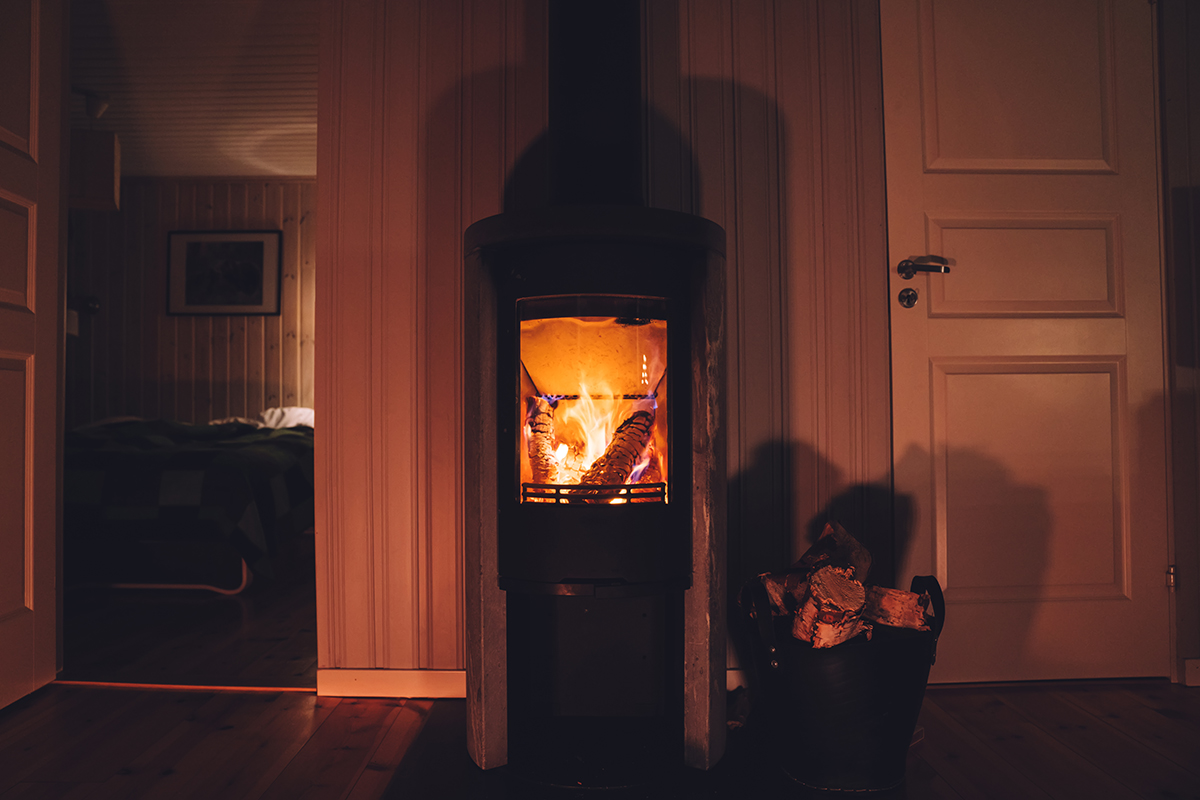
Slumbering, a term often used to describe a fire burning at a low rate, may seem like a convenient way to maintain a bit of warmth overnight or make restarting your stove easier in the morning. However, this seemingly harmless practice can lead to a range of issues that jeopardise both your safety and the longevity of your flue liner and stove.
The dangers of slumbering
Slumbering involves restricting the oxygen flow to keep the fire barely burning, but this can result in several detrimental consequences:
1. Sooty and dry deposits: One of the immediate drawbacks of slumbering is the accumulation of sooty and dry deposits on the flue lining. Over time, this can hinder the stove's efficiency and contribute to maintenance issues.
2. Increased carbon monoxide and particulates: Slumbering also leads to increased levels of carbon monoxide and particulates. These harmful byproducts pose serious health risks and compromise the quality of air in your home.
3. Higher risk of condensation: The practice of slumbering raises the likelihood of condensation within the chimney. This excess moisture can contribute to corrosion and structural damage, ultimately reducing the lifespan of your stove.
Preserving your stove and ensuring safety
To safeguard your stove and protect your family, it is crucial to avoid slumbering. Never leave a fire unattended, and take the necessary steps to ensure that your fire is fully extinguished. This simple yet crucial measure will prevent the accumulation of harmful deposits, mitigate the risk of carbon monoxide exposure, and reduce the likelihood of condensation-related issues.
How to safely extinguish a fire in your stove
The safest way to put out the flames is to slowly starve them of oxygen. To do this, you will need to close the air vents. Following these steps is usually the best way to extinguish your stove:
1. Make sure your stove door is completely closed and secured.
2. Close off the air vents and wait until the flames have died down to embers.
3. Carefully open the door and using your heat resistant glove, spread out the remaining embers and pieces of firewood or coal. Always ensure your chimney damper is fully open before you open the stove door to prevent smoke from billowing out.
4. Close the stove door and allow the embers to cool.
5. Sweep out remaining ashes once the stove has cooled down enough.
Always make sure that your fire is completely out before leaving your stove unattended. If your ashes are left in your stove, make sure you keep the door closed to keep any fumes from getting out into your home.
NEVER throw water over your flames or try to smother the flames with an object such as a towel, not only would this be messy, but it could also potentially catch fire!
In the pursuit of a cosy fire, it's important to prioritise safety and the long-term health of your stove. Avoiding the practice of slumbering and taking proactive steps to fully extinguish your fire not only ensures the well-being of your family, but also extends the lifespan of your stove. By staying mindful of these considerations, you can enjoy the warmth of your stove without compromising on safety or performance.
